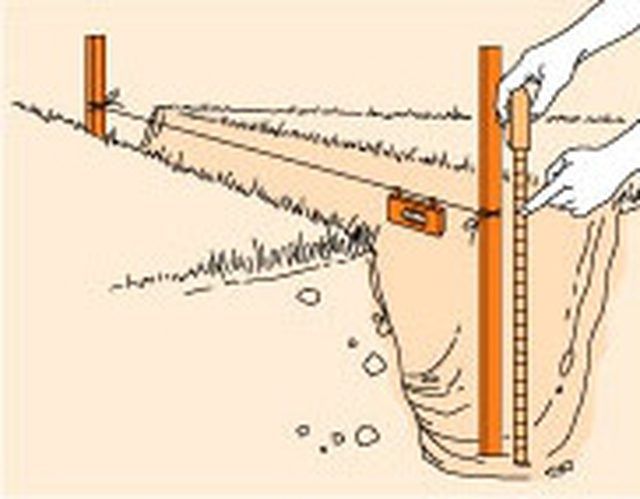Bulbs
Flower Basics
Flower Beds & Specialty Gardens
Flower Garden
Garden Furniture
Garden Gnomes
Garden Seeds
Garden Sheds
Garden Statues
Garden Tools & Supplies
Gardening Basics
Green & Organic
Groundcovers & Vines
Growing Annuals
Growing Basil
Growing Beans
Growing Berries
Growing Blueberries
Growing Cactus
Growing Corn
Growing Cotton
Growing Edibles
Growing Flowers
Growing Garlic
Growing Grapes
Growing Grass
Growing Herbs
Growing Jasmine
Growing Mint
Growing Mushrooms
Orchids
Growing Peanuts
Growing Perennials
Growing Plants
Growing Rosemary
Growing Roses
Growing Strawberries
Growing Sunflowers
Growing Thyme
Growing Tomatoes
Growing Tulips
Growing Vegetables
Herb Basics
Herb Garden
Indoor Growing
Landscaping Basics
Landscaping Patios
Landscaping Plants
Landscaping Shrubs
Landscaping Trees
Landscaping Walks & Pathways
Lawn Basics
Lawn Maintenance
Lawn Mowers
Lawn Ornaments
Lawn Planting
Lawn Tools
Outdoor Growing
Overall Landscape Planning
Pests, Weeds & Problems
Plant Basics
Rock Garden
Rose Garden
Shrubs
Soil
Specialty Gardens
Trees
Vegetable Garden
Yard Maintenance
How to Fix Poor Soil Drainage
How to Fix Poor Soil Drainage. Poor drainage is the leading cause of death for garden plants. Adding organic matter will improve poorly draining soils. If you've tried that, though, and your site still retains water for hours after a short, heavy rain, further action is called for. A shallow trench and drainage pipe could solve the problem.
Poor drainage is the leading cause of death for garden plants. Adding organic matter will improve poorly draining soils. If you've tried that, though, and your site still retains water for hours after a short, heavy rain, further action is called for. A shallow trench and drainage pipe could solve the problem.
Things You'll Need
Gravel Or Crushed Stone
Perforated Pipe (black ADS Or White PVC)
Wooden Stakes
Agricultural Fabric
Shovel
Spring
Spirit Level
Tape Measure
Find a spot below the level of the garden where the water can drain away safely. A storm drain, dry well or drainage ditch is an ideal choice.
Measure the distance from the lowest point in the problem site to the drainage area. Then buy enough perforated 4-inch (10-cm)- diameter pipe to cover that distance. (Either black ADS or white PVC pipe will work fine.)
Dig a trench 18 inches (45 cm) deep and 12 inches (30 cm) wide, sloping downhill between the two points. Try for a drop of about 1 inch (2.5 cm) for every 10 feet (3 m) of ground.
Test the slope by driving a stake into the soil at each end of the trench. Run a string between the two stakes, and use a spirit level to measure the drop between them (see A).

When the slope is at the correct angle, line the trench with about 3 inches (7.5 cm) of gravel or crushed stone.
Lay the pipe on the stone (see B), and make sure any joints are fastened tightly.

Cover the pipe with agricultural fabric to prevent soil from clogging the perforations (tuck the cloth under the pipe at its uphill opening).
Add 6 more inches (15 cm) of stone over the pipe.
Replace the soil in the trench.
Tips & Warnings
If your drainage problem is severe, you may need professional help. Before you try any do-it-yourself steps, consult a landscape contractor.
On a large site, consider simply going with the flow. Many gorgeous plants, including cardinal flower, Japanese iris and astilbe, thrive in moist soil.
Another alternative to expensive, time-consuming drainage correction is to grow your plants in containers.